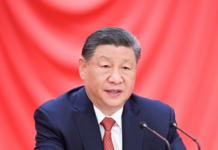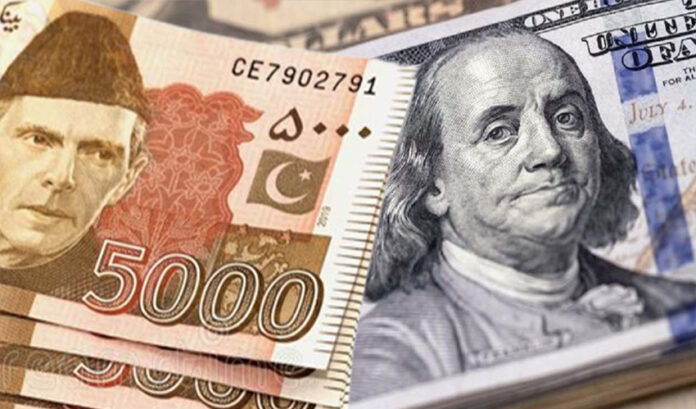The Pakistani rupee is expected to come under increasing pressure, with projections that it may surpass the 279 per dollar mark due to uncertainties tied to the ongoing negotiations with the International Monetary Fund (IMF), according to a report published in The News on Saturday.
The government is exploring multiple strategies to close the external financing gap, a critical requirement for securing final approval of a $7 billion IMF loan. Among the hurdles, the issue of loan rollovers looms large. The government is actively engaging bilateral partners and pursuing commercial loans from international banks and investors to meet this challenge.
The finance minister faces the pressing task of closing this financing gap at favorable rates within a short window, a key factor in ensuring the IMF’s timely approval. While the government remains hopeful that the required funds will soon be secured, any further delays in the IMF loan process could unsettle financial markets.
This week saw some fluctuation in the rupee’s value in the interbank market. The currency closed at 278.64 per dollar on Monday, dipped to 278.76 by Wednesday, but regained some ground by Friday, ending at 278.56 per dollar.
In a client note, Tresmark highlighted, “The rupee stands to benefit from the 9% drop in oil prices, with Brent crude hovering around $71.” However, it cautioned that, due to uncertainty surrounding the IMF programme, the likelihood of the rupee crossing the 279 per dollar threshold has risen. Exporters have significantly slowed forward selling, it added.
The report also noted that despite considerable buying pressure over the last week, the rupee has remained relatively stable. Liquidity in the interbank market was slightly tighter than the previous week, causing shorter-term swap premiums (1 week) to trend around 14%, while premiums for medium tenors (3 months) hovered around 8%.
Traders are now looking ahead to the State Bank of Pakistan’s upcoming monetary policy meeting on September 12, where a 100-200 basis point interest rate cut is anticipated, driven by a sharp drop in inflation. Inflation fell to 9.6% in August, a single-digit figure that opens the door for a rate reduction.
However, some factors, such as the struggling economy and below-target tax collection, may limit the size of any rate cut. The increasing fiscal burden from borrowing continues to constrain fiscal space.
“Concerns over rapid dollarisation could resurface if interest rates drop too quickly,” the Tresmark report warned. Already, $78 million in hot money has left the country, primarily from treasury bills, within the first 15 days of August.
The uncertainty surrounding the IMF loan has rekindled concerns, which will weigh heavily on the Monetary Policy Committee’s decision regarding the extent of the rate cut, the report added.
Additionally, recession risks in the U.S. have escalated, with the 10-year U.S. Treasury note yield standing at 3.74% and an ominous re-steepening of the 2-10 yield curve. The upcoming U.S. elections in November could also trigger policy changes that might impact global financial markets.
Traders are also wary of rumors regarding a potential plan to replace old currency notes. Many are reportedly converting cash holdings into assets such as gold and U.S. dollars, both of which are trading at higher prices in parallel markets, with the grey market dollar rate hovering around 285.























